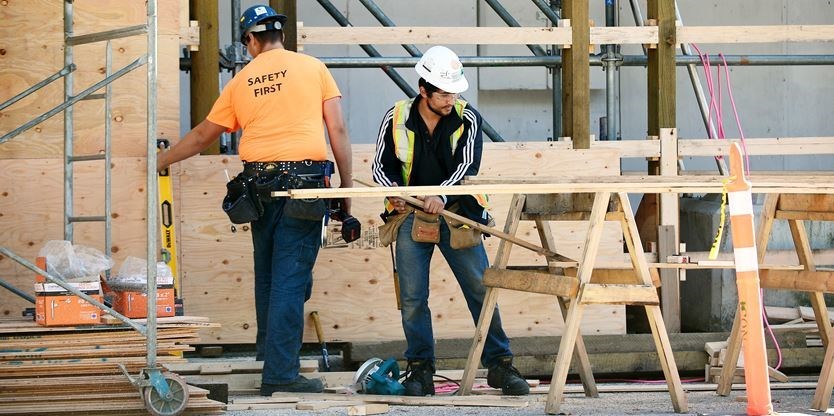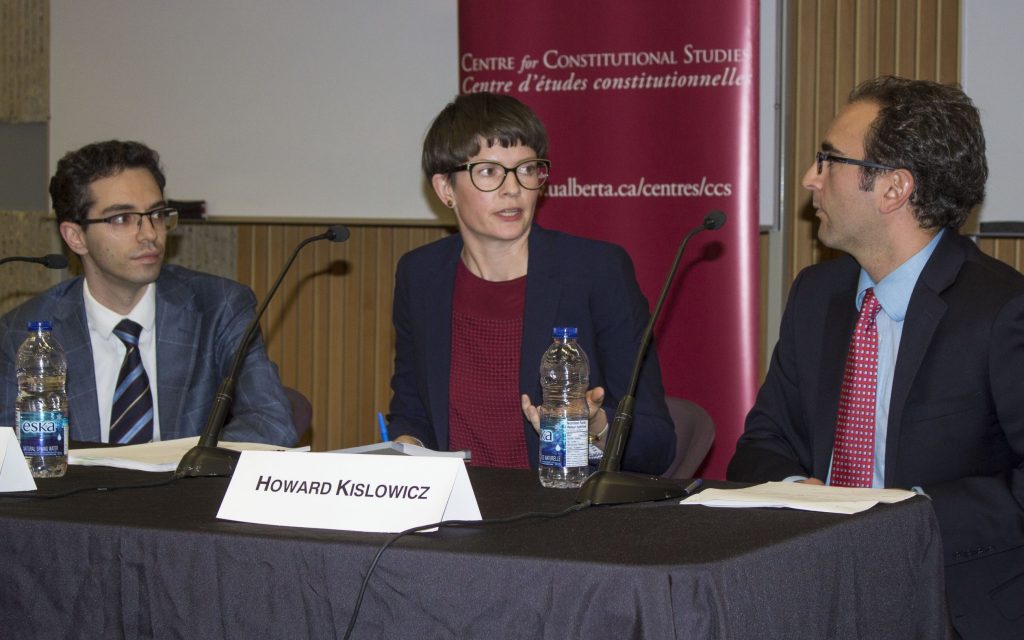
Labour law shortchanges Sault, Cardus finds
October 9, 2018

Taking children’s education seriously
October 9, 2018

‘Right government’ needed to close costly union loophole at region
October 3, 2018

Bill 28 provides choice for Manitoba tradespeople
October 2, 2018

How can we discuss sex ed without talking about marriage?
September 28, 2018

The high cost of unionized contractors
PETER SHAWN TAYLOR SPECIAL TO THE GLOBE AND MAIL PUBLISHED SEPTEMBER 25, 2018 Canadians love to search for bargains. We’ll drive halfway across town to save 5¢ a litre on gas. We’ll wear out the Internet haggling over car prices and comparison shopping for furniture or clothes. And c’mon, does anyone pay that much for paper towels? (Haven’t you seen the price at Costco?) Yet when it comes to paying the bills for some of the biggest-ticket items in the country, that famous Canadian dedication to shopping around seems to fly out the window. Despite all our fretting over pennies, some provinces deliberately ignore the tremendous benefits of competition and comparison when tendering their most expensive public infrastructure projects. It’s a lousy way to shop. In Ontario, due to a quirk in provincial labour laws, several municipalities are permanently prevented from taking advantage of robust competitive bidding. Toronto, Hamilton, Sault Ste. Marie and Waterloo Region have all been certified as construction employers, and must therefore operate under closed-shop rules. Click to read the rest: https://www.theglobeandmail.com/business/rob-magazine/article-the-high-cost-of-unionized-contractors/ (Paywall)
September 25, 2018

Restricted Tendering Stunts Renewal
The first word that comes to mind when reading ReNew Canada’s Top100 list is BIG. Whether it’s the size of the projects, the investments required, the number of citizens who’ll benefit from them, or the ideas and expertise required to get the job done, the sheer scope of the construction work happening in Canada is mind-boggling. But flying in the face of all this growth is a worrying trend that aims to shrink industry capacity, diminish innovation, and inflate the cost of construction in Canada. That trend is the movement of provincial governments in key construction provinces—B.C. and Ontario especially— to restrict bidding on public construction projects to firms affiliated with a small set of construction unions. In Ontario, an obscure bit of labour law treats municipalities like Toronto, Hamilton, and the Region of Waterloo (home to numerous projects on the Top100 list) as if they were private contractors, and prevents them from accepting bids from companies whose workers have chosen the ‘wrong unions.’ The law does the same for Ontario Power Generation (owner of the $12.8 billion Darlington Nuclear Refurbishment project). While the new provincial government has signalled its aim to re-introduce competitive procurement practices, the law still ties the hands of some of Ontario’s biggest public construction owners. In B.C., it’s even worse. In mid-July, the British Columbia government, using the cover of an otherwise admirable community benefits agreement, signalled that it would now require all workers who want to work on provincial projects to join a small subset of unions. Contractors whose workers affiliate with other unions will be forced to override their workers’ choices, and to adopt a completely different labour model if they want to bid on the billions of dollars worth of work slated for B.C. over the next decade. The work includes the new $1.4 billion Pattullo Bridge, and the Highway 1 four-laning project between Kamloops and Alberta. As the Cardus report Skimming off the Top shows, about $43.75 billion worth of work is currently under restrictions in Canada. And that’s just from a list of the largest projects listed in ReNew Canada’s Top100. There’s billions of dollars more work outside of the Top100. Do the math on what research suggests is the likely cost savings that comes as a result of restricted bidding, eight-to-25 per cent, and you’ll get the type of big numbers no owner or contractor wants to see. What more could we build with the up to $10.9 billion we’re giving up due to our lack of competition? Our paper also notes that restricted bidding affects more than cost. It shrinks the pool of available resources for building infrastructure and places limits on innovations required to meet one of construction’s most urgent and pressing needs: the growth and development of a skilled workforce. Canada is growing and our infrastructure needs are big. So, it’s time to re-introduce another big idea: we need to re-establish fairness, openness, and competitiveness as the foundation of sound public procurement. This article appeared in the September/October issue of ReNew Canada Magazine.
September 20, 2018

Trinity Western ruling highlights growing differences in understanding of equality rights
September 19, 2018

Immigrants are making Canada a more religious society, survey shows
September 18, 2018
Media Contact
Daniel Proussalidis
Director of Communications
